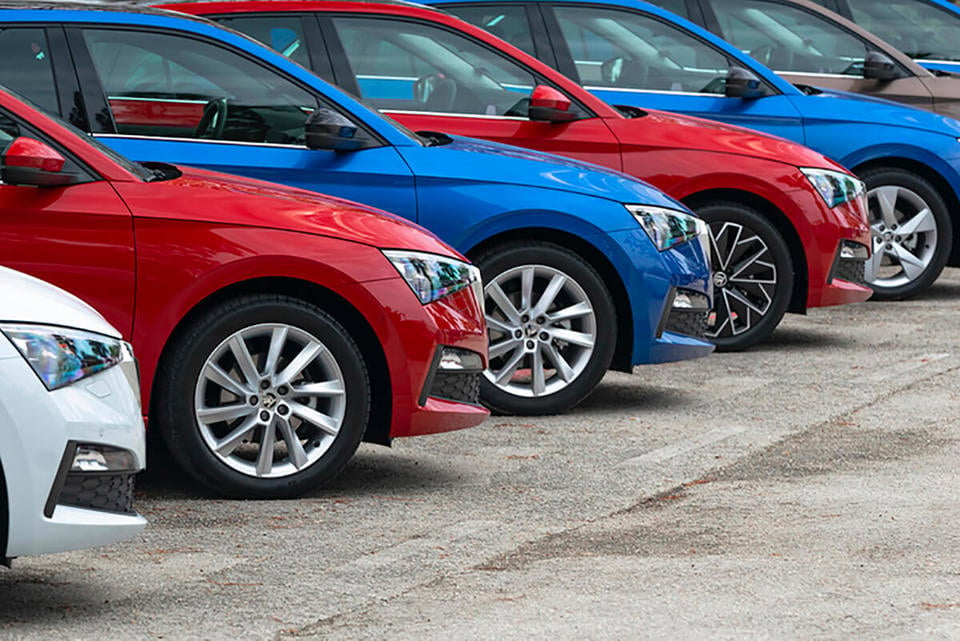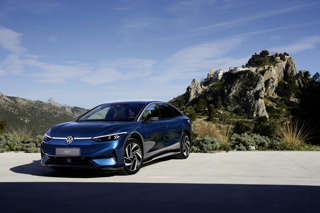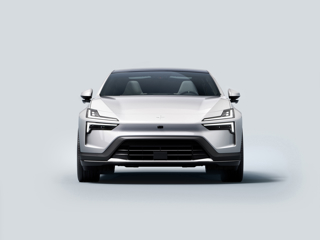The electric vehicle (EV) share of the retail market is falling behind where it needs to be to meet the Government’s 2030 targets, new research suggests.
With low benefit-in-kind (BIK) tax rates incentivising company car drivers to make the switch to electric, the Government is being urged to incentivise the retail sector.
Research from Auto Trader suggests that, while consumer demand for used EVs is robust, buyer interest in new has dropped by almost two thirds – or 65% - since the beginning of 2022, due in part to the rising cost of living, higher borrowing costs, and the hike in energy prices.
The market for new EVs, says Autotrader, is still hampered by a lack of affordable choices, with the number of new electric models between £20,000 - £30,000 decreasing.
On average, a new EV costs around 37% more than a petrol or diesel alternative – a figure that has not changed since June 2022.
Among more affordable options below £30,000, the lack of choice is even more acute, with nine times fewer EVs available than traditionally fuelled models.
A new report from Auto Trader – The Road to 2030 – shows that the lower fuel prices and higher energy bills is eroding the previous EV advantage of lower running costs.
While electric car owners with a home charger can save up to £130 for every 1,000 miles by charging at off peak overnight rates, savings reduce to just £40 for those drivers using slow/fast chargers.
For drivers using ultra rapid chargers, EVs currently cost £16 more to run per 1,000 miles than conventionally fuelled vehicles.
Used electric vehicle prices
In the second-hand market, used EVs are experiencing an expected, but significant price adjustment.
Since reaching a peak of £40,728 in July 2022, the average price of a second-hand electric car has fallen to £31,767 in mid-April.
This month alone (up to April 17), prices have dropped 17% on a year-on-year and like-for-like basis. In contrast, the average price of second-hand petrol and diesel cars are up 5.4% year-on-year (£16,312) and 3.4% (£16,518) respectively, while the broader market is up 3% year-on-year (£17,888) at the mid-April mark.
Although the average one year old used EV is 28% more expensive than a one-year-old petrol or diesel alternative, these price reductions are leading to a greater mix of affordable used EVs, with sub £30,000 stock now accounting for circa 60% of the total.
Nearly one in four (24%) are now under £20,000, up from just 7% in August 2022.
With more consumer choice than ever before, the imbalance of supply over demand is slowing the speed in which used EVs are selling.
In March, a used petrol and diesel car took a respective average of 25 and 27 days to leave forecourts, whilst EVs took 45. Last summer used electric vehicles were selling five days faster than petrol cars.
However, Auto Trader’s data reveals that there’s plenty of electric models and derivatives that are performing well ahead of the market average.
For example, the Kia EV6 (up to 12 months) took an average of just 16 days to sell, whilst Tesla’s Model 3 (3-5-years old) took just 14.
What’s more, there’s also significant regional variations in levels of supply and demand affecting days to sell and potential profit opportunities.
A 22 plate MG ZS is currently selling 18 days faster to sell in Glasgow (33 days) than the national average (51), and 26 days faster than in Peterborough (59).
Ian Plummer, Auto Trader’s commercial director, said: “We have the broadest single view of EVs, and as our data highlights, the market is incredibly nuanced, and so a broad-brush rarely reflects the true picture.
“With the EV market still maturing, its critical to follow the live retail data to identify profitable electric stock opportunities – to ensure you’re buying the right car for your market at the right price, selling them at the right price, and securing the best possible margin in the process.
“These are difficult times for the UK’s electric ambitions, however, and we’re in danger of veering off-track. Although used electric demand remains buoyant, the wider EV market is in a precarious position.
“To avoid more than just a small pothole on the road to 2030, more information, more incentives, and more equality is urgently required.”
With the introduction of Vehicle Excise Duty (VED) on EVs looming in 2025 – further reducing the incentives for ownership - Auto Trader is calling for a series of tax breaks to give a fresh spur to the mass adoption of electric vehicles - something that has worked well in other European countries to stimulate demand and grow the market.
To make the transition to electric fairer, Auto Trader is calling for VAT on public and private charging to be equalized and more incentives to make EVs affordable for all: such as reducing VAT on used EVs and lower or interest free rates on EV financing deals.
Furthermore, it suggests initiatives to build both buyer and seller confidence in used EVs with a focus on battery health.
RAC spokesman Rod Dennis says that as things stand, the demand from drivers for EVs is there but without greater financial assistance there is a risk many will simply hold onto their older vehicles for longer.
“The fact around a third more electric cars in the UK are registered to businesses than to private individuals, with growth of the former outpacing the latter, shows just how much of an incentive the low company car tax rate has proved to be,” he said.
“It’s a shame the Government isn’t looking at introducing a grant to help stimulate the cheaper end of the EV market to help drivers who don’t have company cars get into EVs.”
Gerry Keaney, BVRLA chief executive, says that supported by targeted, effective incentives, the company-provided vehicle sector is delivering decarbonisation.
“Over half of new company cars are now electric,” he explained. “The direction of travel there is one way. That is but one example and a raft of targeted solutions are required to bring all sectors and all drivers together on this journey.”
Keaney believes that there is a genuine risk of the company-provided vehicle sector becoming an outlier, not the trailblazer it has always proven to be.
“Retail and used buyers face testing barriers that are putting them off switching to EVs, with not enough support in place to ensure their first experience of owning an electric vehicle is a positive one,” he continued.
“We know what those barriers are. Confusing communications, plus concerns over charging and cost of ownership risk thousands of drivers delaying their transition.
“Intervention is required to protect the long-term success of the market and enable a smooth transition to electric vehicles.”























Login to comment
Comments
No comments have been made yet.